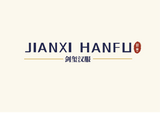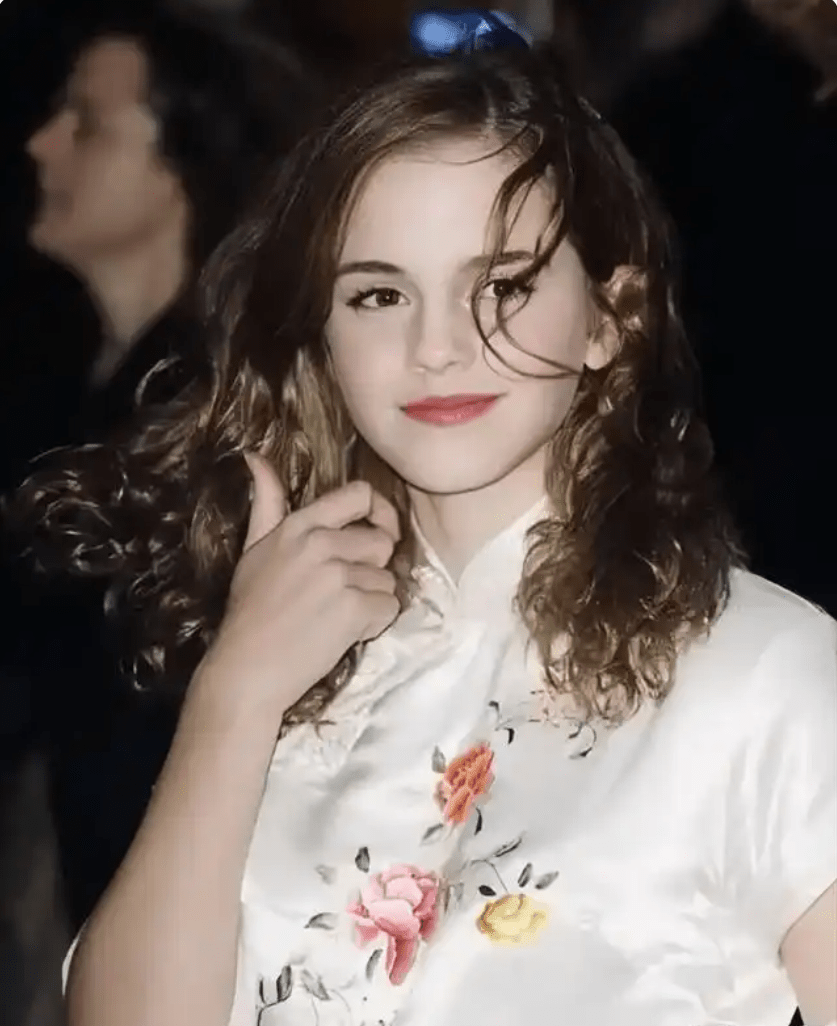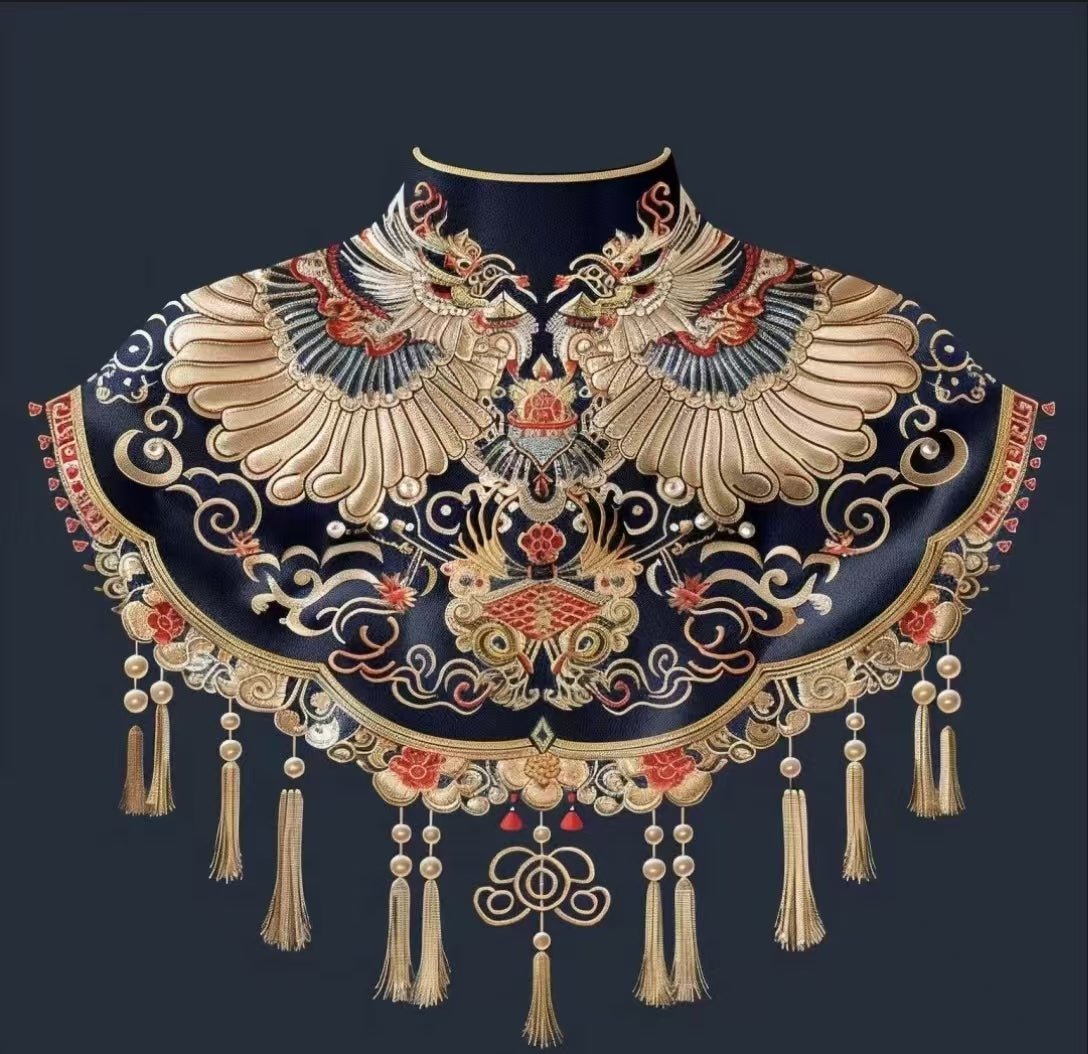▲The video is taken from the documentary *Hello, China*. This documentary is jointly planned by the National Radio and Television Administration, China Media Group, and the Higher Education Press, aiming to introduce Chinese culture to the world and convey the Chinese voice.If there is any offense, please contact me and I will handle it immediately.
What is the Tang suit?
The Tang suit, known as "Tang Zhuang" in Chinese, is an outstanding integration of traditional Chinese elements and modern fashion sensibilities. It serves as a symbol of China's rich cultural heritage, bridging the gap between the past and the present. For those interested, the following will explore the origin, development, and cultural influence of the Tang suit, delving into its journey through different historical periods and its crucial role in promoting Chinese culture on a global scale.
Why Is It Called "Tang Suit"?
The name "Tang suit" has an intriguing etymology closely related to the historical influence of the Tang Dynasty (618 - 907). During the Song Dynasty (960 - 1279), due to the far - reaching impact of the prosperous Tang Dynasty overseas, the word "Tang" had already become the term used by various countries in Southeast Asia and abroad to refer to China. This trend continued from the Song, Yuan (1271 - 1368) to the Ming Dynasty (1368 - 1644), with countries around the world referring to China or things related to China as "Tang." Thus, the name "Tang suit" emerged. It should be noted that the modern - day Tang suit doesn't directly originate from the clothing of the Tang Dynasty. In fact, the modern Tang suit was initially based on the magua, a type of Chinese jacket from the Qing Dynasty (1644 - 1912). The magua was a popular outer garment among the Manchu people during the Qing Dynasty. It was typically worn over other clothing, with a straight - cut body and a length usually reaching the hips or just below. The magua had a simple yet practical design, often featuring a front - opening style.
The Evolution of the Tang Suit
The Early 20th Century: The Integration of the East and the West of Tang Suit
In the early 20th century, as the influence of Western culture in China grew steadily, Chinese tailors began to experiment with combining traditional Chinese clothing elements with Western tailoring techniques. This led to the transformation of the traditional magua into the Tang suit as we know it today. The addition of a standing collar, which wasn't a common feature in the original magua, added a touch of elegance and formality. The standing collar, with its vertical style and an opening at the front center of the upper garment, became one of the distinctive features of the Tang suit. Moreover, Western three - dimensional tailoring techniques were introduced. Unlike traditional Chinese flat - cutting methods, three - dimensional tailoring took into account the body's curves more precisely, making the garment fit better and feel more comfortable. This innovation made the Tang suit more suitable for modern lifestyles, as it combined the charm of traditional Chinese clothing with the functionality and comfort of Western - style tailoring. During this period, the Tang suit was mainly worn by intellectuals, politicians, and cultural elites. Its simple lines and understated elegance made it a popular choice for formal occasions. The use of high - quality fabrics such as silk and brocade further enhanced its appeal.

▲Some stills from movies and TV shows are not real photos.
The Mid - 20th Century: A Period of Change
By the mid - 20th century, China had undergone significant social and political changes. The emphasis was more on practical and functional clothing, especially during the period of economic development and industrialization. The Tang suit, with its relatively elaborate design and traditional connotations, wasn't as popular as more practical and simple - styled clothing. However, it didn't disappear completely. It still got certain display and dissemination during major Chinese festivals, certain formal occasions, and cultural activities.
The Late 20th Century to the Present: A Renaissance of the Tang Suit
In the late 20th century, with the increasing emphasis on cultural heritage and the rise of national pride, the Tang suit experienced a renaissance. It started to get more attention both in China and abroad. Designers began to re - explore the potential of the Tang suit, creating new and innovative designs while still maintaining its traditional essence. The Tang suit became a popular choice for formal occasions, such as state banquets, cultural ceremonies, and international events. It was also embraced by the fashion industry as a unique and stylish option. High - end fashion shows started to feature Tang - suit - inspired designs, which incorporated modern materials, colors, and patterns while still highlighting the traditional elements like the frog buttons, duijin (symmetrical closure), and xiejin (slanted closure). In modern times, the Tang suit has also evolved to include a wider range of styles and variations. There are casual - style Tang suits made from more breathable and lightweight materials, suitable for everyday wear. These casual Tang suits often feature simplified designs while still retaining the key traditional elements, making them accessible to a broader audience.
The Tang Suit in Film and Television Dramas
The Tang suit has made numerous appearances in both domestic and international film and television dramas, playing a significant role in enhancing the cultural atmosphere and character portrayal. For example, In the classic Hong Kong film series *Once Upon a Time in China*, there are quite common costumes with elements of Tang suits. Jet Li, who played Huang Feihong, wore a magua in many scenes. A magua generally has a front-facing opening, narrow sleeves, and its length is usually around the waist. Some even have a slit design. This style is quite typical in traditional Tang suits, demonstrating men's competence and neatness. As a movie buff myself, I highly recommend it. Fans of martial arts action movies can delve deeper into it.

▲Stills from Jet Li's film Once Upon a Time in China
In Chinese historical dramas set in the Qing Dynasty and the Republic of China era, the Tang suit is often used to represent the elegance and grandeur of Chinese culture. For instance, in dramas set in the Qing Dynasty, although the characters may mainly wear traditional Manchu - style clothing, the magua - based Tang suit sometimes appears in formal or festive scenes. It helps to accurately recreate the historical context, showing the audience the clothing styles of that era. In dramas that focus on traditional Chinese culture and values, the characters often wear Tang suits to emphasize their connection to their roots. Whether it's a scholar, a nobleman, or a traditional artist in the drama, the Tang suit can add authenticity and cultural depth to their characters.
In international films with Chinese - themed storylines or characters, the Tang suit has also left its mark. When Chinese - American characters or characters representing Chinese culture appear in these films, the Tang suit is sometimes chosen as their clothing. This not only helps to visually identify the character's cultural background but also serves as a way to introduce Chinese traditional clothing to a global audience. For example, in some action movies full of Chinese martial - arts elements, the lead characters, especially those played by actors like Jackie Chan, are often seen wearing Tang suits. Jackie Chan, a well - known international superstar, is a loyal "spokesperson" for the Tang suit. His wearing of the Tang suit in movies and at various events has greatly increased the global visibility of the Tang suit. His image in a Tang suit combines the charm of Chinese traditional culture with his dynamic personality, making the Tang suit more appealing to people around the world.

▲Stills from Stephen Chow's film *Kung Fu*
The Cultural Significance of the Tang Suit
The Tang suit is a rich carrier of traditional Chinese culture. For example, the frog buttons are not just simple fasteners but works of art. Composed of a knot and a loop, they are a symbol of the exquisite handicrafts in Chinese culture. Each knot is carefully tied, and the design of the loop is also unique, often incorporating traditional patterns and symbols.
The duijin and xiejin styles of the front opening have their own cultural connotations. The duijin, with its symmetrical closure, represents balance and harmony, which are important concepts in Chinese philosophy. On the other hand, the xiejin, with its slanted closure, gives a more flowing and elegant feel, often associated with the grace and refinement of traditional Chinese aesthetics.
The duijin and xiejin styles of the front opening have their own cultural connotations. The duijin, with its symmetrical closure, represents balance and harmony, which are important concepts in Chinese philosophy. On the other hand, the xiejin, with its slanted closure, gives a more flowing and elegant feel, often associated with the grace and refinement of traditional Chinese aesthetics.

▲Buttons of Chinese - style clothing
Promoting Cultural Exchange of Tang Suit
The Tang suit has played a crucial role in promoting cultural exchange, with international celebrities like NBA veteran Russell Westbrook and movie star Nicole Kidman. When these celebrities wear the Tang suit at international events, it attracts the attention of the global media and the public. It serves as a visual introduction to Chinese culture, sparking the curiosity of people from different cultural backgrounds.
At international fashion weeks and cultural festivals, the appearance of the Tang suit also contributes to cross - cultural communication. Designers from different countries are inspired by the unique design elements of the Tang suit and incorporate them into their own creations. This cross - cultural inspiration not only enriches the global fashion landscape but also deepens the understanding and appreciation of Chinese culture around the world.
At international fashion weeks and cultural festivals, the appearance of the Tang suit also contributes to cross - cultural communication. Designers from different countries are inspired by the unique design elements of the Tang suit and incorporate them into their own creations. This cross - cultural inspiration not only enriches the global fashion landscape but also deepens the understanding and appreciation of Chinese culture around the world.

▲NBA veteran Russell Westbrook
The Spiritual Significance of the Tang Suit
For the Chinese people, the Tang suit is a symbol of national identity. In an era of globalization where Western - style clothing has become prevalent, the Tang suit represents a return to traditional roots. Wearing a Tang suit at important cultural events, such as the Spring Festival or traditional weddings, allows people to connect with their cultural heritage and express their pride in being Chinese.
It also serves as a reminder of China's long - standing history and unique culture. In schools and cultural institutions, the Tang suit is sometimes used as a teaching tool to introduce students to Chinese traditional clothing and culture, helping to strengthen the younger generation's sense of national identity and cultural pride.
It also serves as a reminder of China's long - standing history and unique culture. In schools and cultural institutions, the Tang suit is sometimes used as a teaching tool to introduce students to Chinese traditional clothing and culture, helping to strengthen the younger generation's sense of national identity and cultural pride.
Conclusion of Tang Suit
The Tang suit, with its rich history, unique design, and significant cultural influence, is more than just a piece of clothing. It is a living testament to the continuous evolution of Chinese culture, from its humble origins based on the Qing - Dynasty magua to its modern - day status as a global fashion icon.
Its development through different historical periods reflects the changing social, political, and cultural landscapes of China. The appearances of the Tang suit in film and television dramas have further enhanced its cultural appeal and global visibility. As a carrier of traditional Chinese culture, a promoter of cultural exchange, and a symbol of national identity, the Tang suit will continue to play an important role in the future, both in China and on the global stage. It will continue to inspire designers, attract the interest of the public, and contribute to the preservation and promotion of Chinese culture for generations to come.
In the ever - changing world of fashion and culture, the Tang suit stands as a timeless classic, a bridge between the past and the future, and a symbol of the enduring charm of Chinese heritage.
Its development through different historical periods reflects the changing social, political, and cultural landscapes of China. The appearances of the Tang suit in film and television dramas have further enhanced its cultural appeal and global visibility. As a carrier of traditional Chinese culture, a promoter of cultural exchange, and a symbol of national identity, the Tang suit will continue to play an important role in the future, both in China and on the global stage. It will continue to inspire designers, attract the interest of the public, and contribute to the preservation and promotion of Chinese culture for generations to come.
In the ever - changing world of fashion and culture, the Tang suit stands as a timeless classic, a bridge between the past and the future, and a symbol of the enduring charm of Chinese heritage.
Recommendations for Best - selling Products▼




